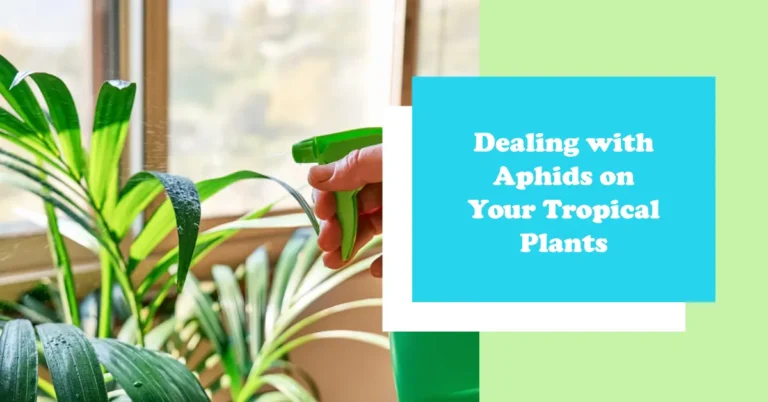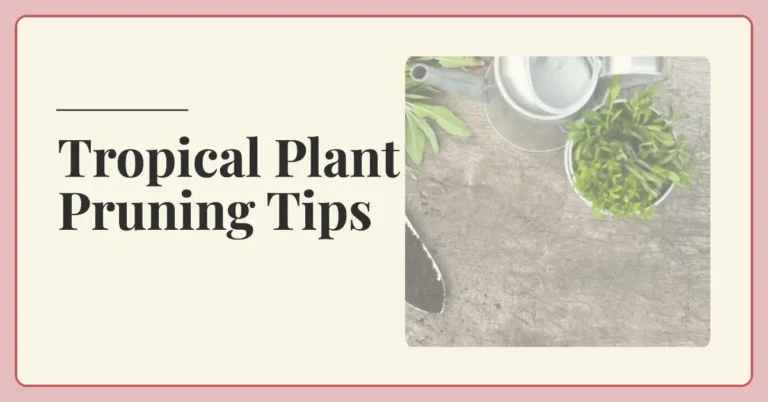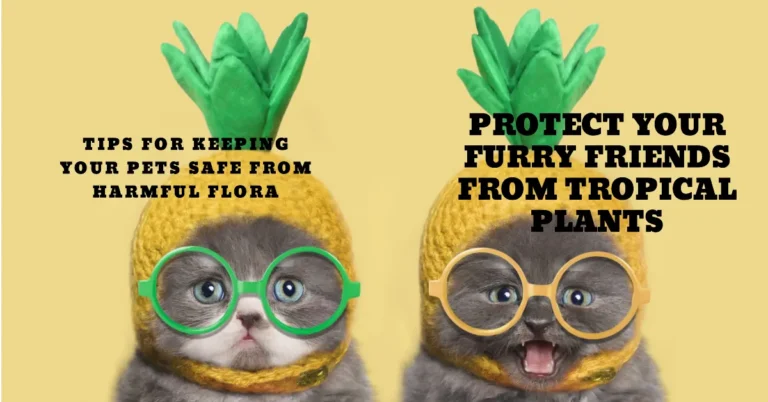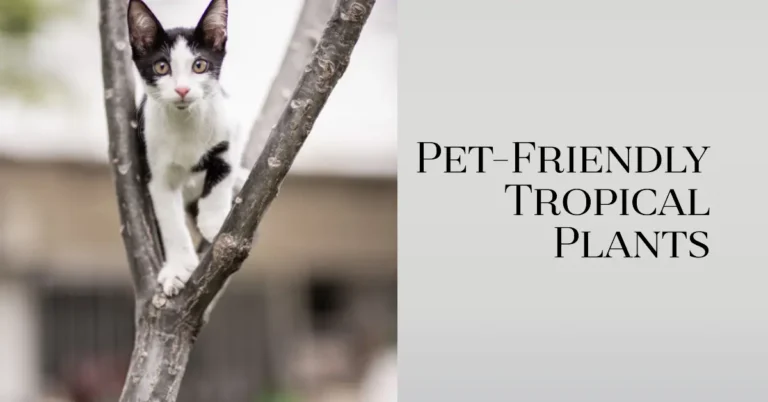Fungus Gnats
The Pesky Little Bugs That Love Indoor Plants

Indoor plants can be a beautiful addition to any home, but they also attract some pesky little bugs that love to make themselves at home. These insects, known as fungus gnats, are tiny flies that thrive in moist environments. They are often found buzzing around potted plants and can quickly become a nuisance.
Identifying these annoying culprits is the first step in dealing with them. Fungus gnats are small, black or dark brown flies with long legs and wings. They are attracted to damp soil and decaying plant matter, making indoor plants an ideal breeding ground. If you notice small flying insects around your houseplants or see tiny larvae crawling on the soil surface, chances are you have a fungus gnat infestation.
Understanding the life cycle of these irritating insects is crucial in effectively getting rid of them. Adult female fungus gnats lay their eggs in the top layer of moist soil, where they hatch into larvae within a few days. The larvae feed on organic matter and plant roots until they pupate and emerge as adult flies. This continuous life cycle means that if left unchecked, fungus gnat populations can quickly multiply and cause damage to your beloved indoor plants.
By following proper care practices for your indoor plants, such as allowing the soil to dry out between waterings and avoiding overwatering, you can prevent future infestations of fungus gnats. Natural remedies like sticky traps or introducing beneficial insects like predatory mites or nematodes can help control their population without harsh chemicals.
Remember that while these little bugs may be annoying, there are ways to combat them effectively without causing harm to your plants or yourself. By being proactive in spotting early signs of infestation and taking preventive measures, you can keep those pesky fungus gnats at bay and enjoy healthy, thriving indoor greenery all year round!
Identifying the Annoying Culprits in Your Garden
Identifying those pesky little bugs that love to invade your garden can sometimes be challenging. However, with careful observation and a keen eye, you can pinpoint the annoying culprits causing havoc in your green space.
Firstly, take note of any visible damage or signs of infestation on your plants. Look for chewed leaves, distorted growth patterns, or webbing on the foliage. These are telltale signs that insects may be present. Additionally, inspect the leaves’ undersides where many pests hide during the day.
Next, pay attention to any unusual activity around your plants. Are there swarms of tiny flying insects hovering above? This could indicate an aphid or whitefly infestation. Do you notice slimy trails on your plant stems? Slugs and snails might be feasting on your precious greens. By closely observing these behaviors and characteristics, you’ll have a better chance of identifying the pest plaguing your garden.
Lastly, consider using traps or sticky tapes to catch and identify the insects in question. Place yellow sticky traps near affected plants as they attract various types of flying pests like fungus gnats and thrips. Check these traps regularly to see what critters have been captured – this will give you valuable information about which pests are present in your garden.
Remember that correctly identifying the annoying culprits is crucial for implementing effective control measures later on. So take some time to observe their behavior and appearance before moving forward with treatment options.
• Look for visible damage or signs of infestation on plants
• Check for chewed leaves, distorted growth patterns, or webbing on foliage
• Inspect the undersides of leaves where pests tend to hide during the day
• Pay attention to any unusual activity around plants
• Swarms of tiny flying insects could indicate aphid or whitefly infestation
• Slimy trails on plant stems may suggest slugs and snails are present
• Consider using traps or sticky tapes to catch and identify insects
• Place yellow sticky traps near affected plants to attract flying pests like fungus gnats and thrips
– Check traps regularly to see what critters have been captured
– This will provide valuable information about which pests are present in your garden
– Correctly identifying culprits is crucial for implementing effective control measures later on
Understanding the Life Cycle of Those Irritating Insects
Understanding the Life Cycle of Those Irritating Insects
To effectively combat those pesky little bugs that love indoor plants, it’s crucial to understand their life cycle. These annoying insects, known as fungus gnats, go through four stages: egg, larva, pupa, and adult. By knowing these stages and their timelines, you can take targeted action to eliminate them from your home or garden.
The first stage is the egg stage. Fungus gnats lay their eggs in moist soil or organic matter near plants. These tiny eggs are barely visible to the naked eye and can be easily overlooked. After a few days, they hatch into larvae.
During the larval stage, fungus gnat larvae feed on decaying plant material and fungi in the soil. They have transparent bodies with blackheads and can often be found wriggling around in the top layer of soil. This is when they cause damage to plant roots by feeding on them.
As time goes by, the larvae enter the pupal stage, transforming into adults within cocoon-like structures called pupae. The length of this stage varies depending on environmental conditions such as temperature and humidity levels.
Once fully developed inside their pupae, fungus gnats emerge as adults ready to mate and continue the life cycle all over again. These small flies have slender bodies with long legs and antennae. They are attracted to light sources and may become a nuisance indoors if not properly controlled.
By understanding this life cycle of fungus gnats – from eggs to adults – you can successfully implement effective strategies at each stage to disrupt their reproduction process without relying solely on chemical pesticides or harmful methods.
How to Spot Fungus Gnat Infestations Early On
Spotting fungus gnat infestations early on is crucial in preventing these pesky bugs from wreaking havoc on your indoor plants. These tiny insects, often mistaken for fruit flies, can cause damage to the roots of your plants and stunt their growth if left unchecked. Here are a few signs to look out for:
Firstly, keep an eye out for small black flies hovering around your plants or resting on the soil surface. Fungus gnats are attracted to damp environments and tend to congregate near moist areas such as potted plants or over-watered soil.
Another telltale sign of a fungus gnat infestation is seeing larvae crawling around in the soil. The translucent maggots have dark heads and wriggle about in search of organic matter to feed on. If you notice them during routine watering or while inspecting the plant’s base, it’s time to take action.
Lastly, be vigilant about any yellowing or wilting leaves that may appear on your indoor plants. Fungus gnats not only feast on plant roots but also introduce harmful fungi into the soil that can lead to root rot and other diseases. If you spot unexplained leaf discoloration despite proper care, it could indicate an underlying issue with fungus gnats.
By keeping a close watch for these signs – buzzing flies, visible larvae, and unhealthy foliage –you’ll be able to catch a potential fungus gnat problem early enough before it becomes a full-blown infestation that threatens all your beloved houseplants.
The Sneaky Ways Fungus Gnats Enter Your Home
Fungus gnats may be small, but they can find their way into your home through sneaky methods. These pesky insects commonly enter your living space by hitching a ride on new indoor plants. When you bring in a new plant from the garden center or receive one as a gift, it’s essential to inspect it thoroughly for any signs of fungus gnats before bringing it indoors.
Another sneaky entrance point for fungus gnats is through open windows and doors. These tiny bugs are attracted to light sources, so if you have bright lights near entrances or leave doors and windows open at night, there’s a higher chance that they’ll make their way inside.
Additionally, fungus gnats can enter your home through cracks and crevices in the walls or foundation. They are incredibly small and can fit through even the tiniest openings. Sealing any gaps around windowsills, door frames, and other potential entry points is crucial to prevent them from finding their way inside.
Remember that prevention is key when it comes to keeping fungus gnats out of your home. By being vigilant about inspecting new plants, ensuring screens on doors and windows are intact, and sealing up any potential entry points, you can significantly reduce the chances of dealing with an infestation later on.
Natural Remedies to Get Rid of Fungus Gnats
If you’re dealing with a pesky fungus gnat infestation, there are several natural remedies that can help you get rid of these annoying insects. One effective method is to create a vinegar trap. Simply mix apple cider vinegar with a few drops of dish soap in a shallow container and place it near your plants. The gnats will be attracted to the scent of the vinegar and will drown in the mixture.
Another natural remedy is using sticky traps. These traps are coated with a sticky substance that attracts and captures adult fungus gnats. You can find pre-made sticky traps at garden centers or make your own by applying petroleum jelly or cooking oil to yellow index cards or strips of paper.
Introducing beneficial nematodes into your soil can also help control fungus gnat populations. These microscopic worms feed on the larvae of many insect pests, including fungus gnats. They can be purchased online or at garden supply stores and should be applied according to package instructions for best results. Neem oil is a favorite of many plant owners as well.
By implementing these natural remedies, you’ll be able to effectively combat fungus gnat infestations without relying on harsh chemicals or pesticides. Remember to monitor your plants regularly and take action as soon as you spot any signs of an infestation.
Preventing Future Fungus Gnat Infestations

Preventing Future Fungus Gnat Infestations
You can take a few simple steps to keep pesky fungus gnats at bay in your indoor plants or garden. Firstly, avoiding overwatering your plants is crucial as these insects thrive in moist environments. Make sure to only water when the top inch of soil is dry and ensure proper drainage for potted plants.
Another effective method is to use yellow sticky traps. These traps attract adult fungus gnats with their bright color and sticky surface, preventing them from laying eggs in the soil. Place these traps near affected plants or around the perimeter of your garden to catch any flying adults before they can reproduce.
Furthermore, keeping your gardening tools clean and sterilized can help prevent future infestations. Fungus gnats often lay their eggs on damp surfaces such as pots, trays, or gardening gloves. Regularly disinfecting these items with a mild bleach solution will eliminate any potential breeding grounds for these annoying pests.
Following these preventive measures and maintaining good plant care practices can significantly reduce the chances of future fungus gnat infestations without resorting to harmful chemicals or pesticides. Remember that consistency is key in pest control – stay vigilant and promptly address any signs of an infestation for long-term success in keeping those irritating bugs away.
The Best Soil and Watering Practices to Keep Fungus Gnats at Bay
Soil and watering practices play a crucial role in keeping fungus gnats at bay. These pesky little bugs thrive in moist environments, so it’s essential to maintain proper soil moisture levels and watering techniques to prevent infestations.
Firstly, ensure that you’re using well-draining soil for your indoor plants. Fungus gnats are attracted to damp, compacted soil, making laying their eggs easier. Opt for a potting mix that promotes good drainage and allows excess water to flow out easily. This will help prevent the buildup of moisture that attracts these annoying insects.
When it comes to watering your plants, be mindful not to overwater them. Overwatering leads to saturated soil conditions, creating an ideal fungus gnats breeding ground. Instead, adopt a “less is more” approach and allow the top inch or two of the soil to dry out before watering again. This helps break the life cycle of fungus gnats by depriving their larvae of the wet environment they need.
Additionally, consider using bottom-watering methods instead of pouring water directly onto the plant’s foliage or the surface of the soil. Placing your potted plants in trays filled with water and allowing them to absorb moisture from below through capillary action can minimize excessive surface moisture that attracts fungus gnats.
By implementing these best practices when it comes to soil choice and watering techniques, you’ll significantly reduce the risk of fungus gnat infestations in your indoor garden without resorting to harmful chemicals or pesticides.
Common Mistakes to Avoid When Dealing with Fungus Gnats
When it comes to dealing with fungus gnats, people often make a few common mistakes. One of the biggest mistakes is overwatering your plants. Fungus gnats thrive in moist environments, so if you’re constantly watering your plants and keeping the soil wet, you’re creating the perfect breeding ground for these pesky insects. Instead, make sure to let the top layer of soil dry out before watering again.
Another mistake to avoid is using pesticides indiscriminately. While reaching for a chemical pesticide to get rid of fungus gnats quickly may be tempting, it’s important to consider the potential harm it can cause to other beneficial insects and even yourself or your pets. Instead, opt for natural remedies such as sticky traps or introducing predatory nematodes that feed on fungus gnat larvae.
Lastly, neglecting proper plant hygiene can also lead to an increase in fungus gnat populations. Make sure to remove any dead leaves or decaying organic matter from around your plants regularly. These materials provide food sources for both adult fungus gnats and their larvae.
By avoiding these common mistakes when dealing with fungus gnats, you’ll be better equipped to keep these annoying pests at bay and maintain healthy indoor plants without resorting to harmful chemicals or excessive watering practices.
Other Beneficial Insects That Can Help Control Fungus Gnat Populations
Beneficial insects are nature’s secret weapon when it comes to controlling fungus gnat populations. These tiny helpers can play a significant role in keeping these pesky bugs at bay. One such insect is the predatory mite, which feeds on fungus gnats and their larvae. These mites are highly effective in reducing infestations and can be introduced into your garden or indoor plants as a natural control method.
Another beneficial insect that can assist in managing fungus gnats is the rove beetle. Rove beetles have a voracious appetite for small pests like gnats, making them excellent allies in your battle against these annoying insects. By releasing rove beetles into your garden or using products containing their larvae, you can help keep fungus gnat numbers under control.
Ladybugs, also known as ladybirds, are not only adorable but also incredibly useful when it comes to pest management. While they may be more commonly associated with aphids, ladybugs will happily munch on other soft-bodied insects like fungus gnats too. Introducing ladybugs into your garden or utilizing commercial products containing their eggs or larvae can effectively tackle gnat infestations.
These beneficial insects offer a natural and eco-friendly way to combat fungus gnats without resorting to harsh chemicals or pesticides. By harnessing the power of nature’s own pest controllers, you can maintain healthy plants while minimizing the presence of these irritating bugs. So why not give them a helping hand by inviting them into your garden?
FAQs
What are fungus gnats?
Fungus gnats are small insects that are commonly found in indoor plants and damp soil. They are attracted to moisture and decaying organic matter.
How can I identify fungus gnats in my garden?
Fungus gnats are small, black, or gray flies with long legs and wings. They are typically found around plants and soil; you may notice them flying around or resting on the leaves.
What is the life cycle of fungus gnats?
The life cycle of a fungus gnat includes four stages: egg, larva, pupa, and adult. The eggs are laid in moist soil, and the larvae feed on organic matter and plant roots. They eventually pupate and emerge as adult gnats.
How can I spot fungus gnat infestations early on?
Look for signs such as tiny flies flying around your plants or resting on the soil surface. You may also notice yellowing or wilting leaves, stunted growth, or the presence of larvae in the soil.
How do fungus gnats enter my home?
Fungus gnats can enter your home through open doors or windows, on contaminated plants or soil, or even hitch a ride on your clothing or pets.
Are there natural remedies to get rid of fungus gnats?
Yes, there are several natural remedies you can try. Examples include using sticky traps, applying beneficial nematodes to the soil, using hydrogen peroxide to kill larvae, or using cinnamon powder to deter gnats.
How can I prevent future fungus gnat infestations?
To prevent fungus gnats, make sure to allow the soil to dry out between waterings, avoid overwatering your plants, and improve air circulation around your plants. Additionally, avoid using infected potting soil and regularly clean up fallen leaves or debris.
What are the best soil and watering practices to keep fungus gnats at bay?
Use well-draining soil that allows excess water to drain away, and avoid leaving standing water in saucers or trays. Water your plants only when the top inch of soil feels dry to the touch.
What are some common mistakes to avoid when dealing with fungus gnats?
Avoid overwatering your plants, as this creates a damp environment that fungus gnats thrive in. Additionally, avoid using pesticides that may harm beneficial insects or disrupt the natural ecosystem of your garden.
Are there other beneficial insects that can help control fungus gnat populations?
Yes, there are several beneficial insects that can be introduced to your garden to help control fungus gnats. Examples include predatory mites, nematodes, and certain species of beetles and flies.







